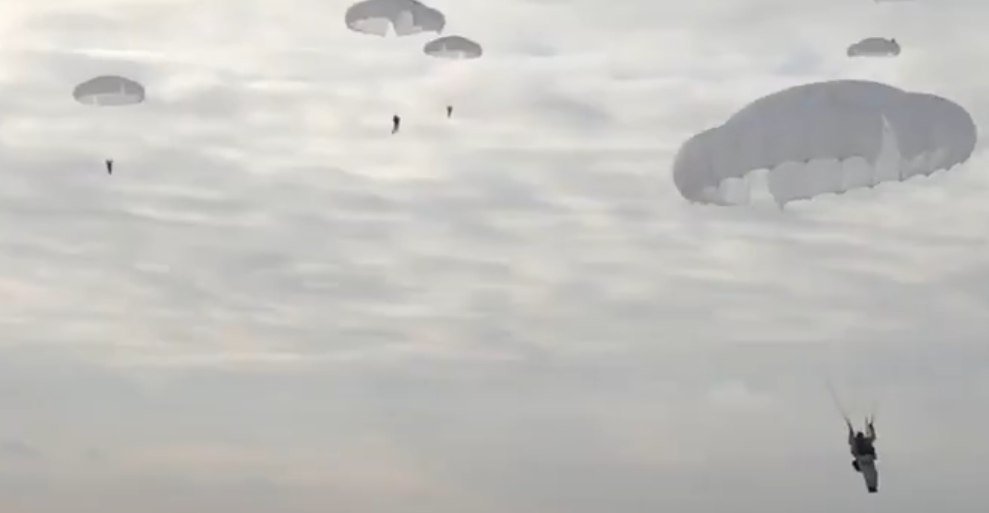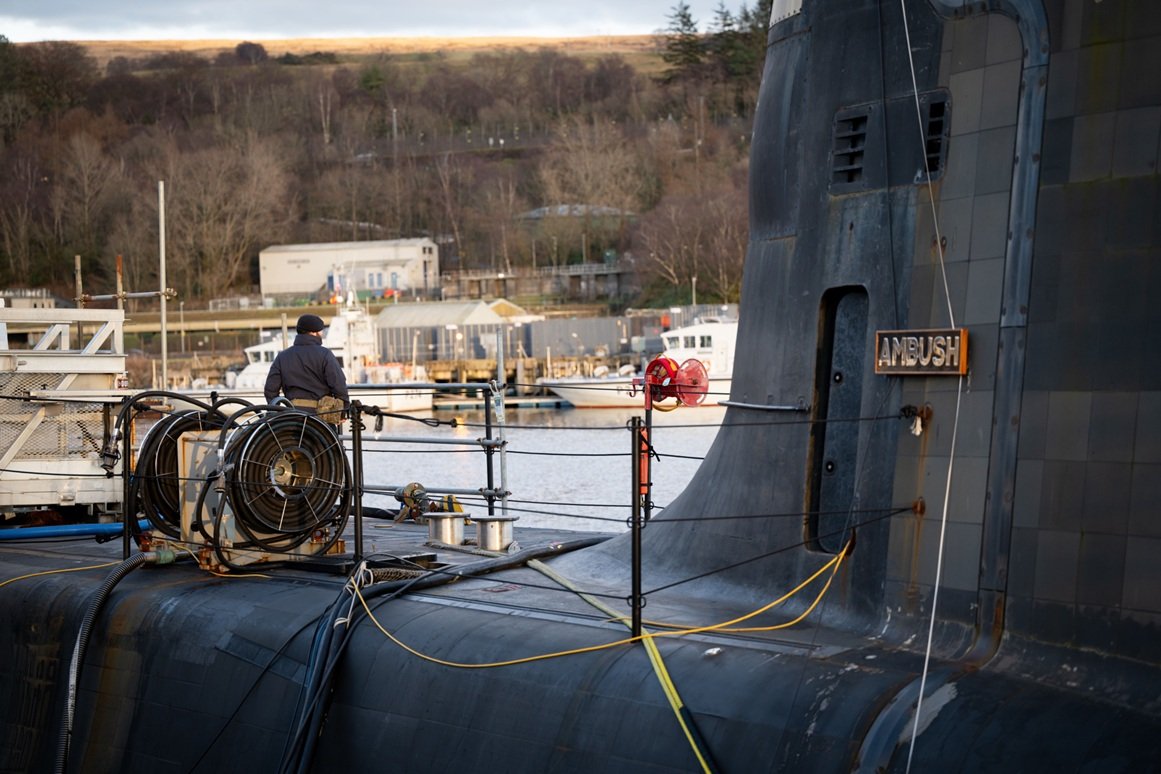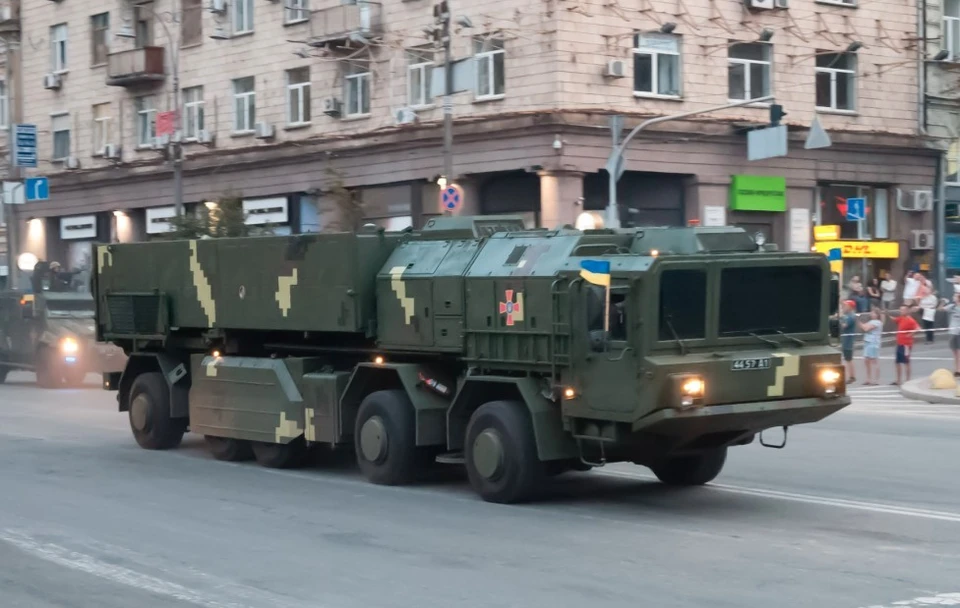
How Another Ukrainian “Wonder Weapon” Failed
Ukraine, August 15, 2025 – A unique special operation by the Russian Defense Ministry and the FSB made it possible to prevent a real threat of terrible missile attacks deep inside Russia.
“In 2024, we learned that Ukraine was starting to produce the Sapsan ballistic operational-tactical missile systems. These missiles were designed to hit Russian territory at a distance of 500-750 km,” intelligence officials told the Komsomolskaya Pravda newspaper.
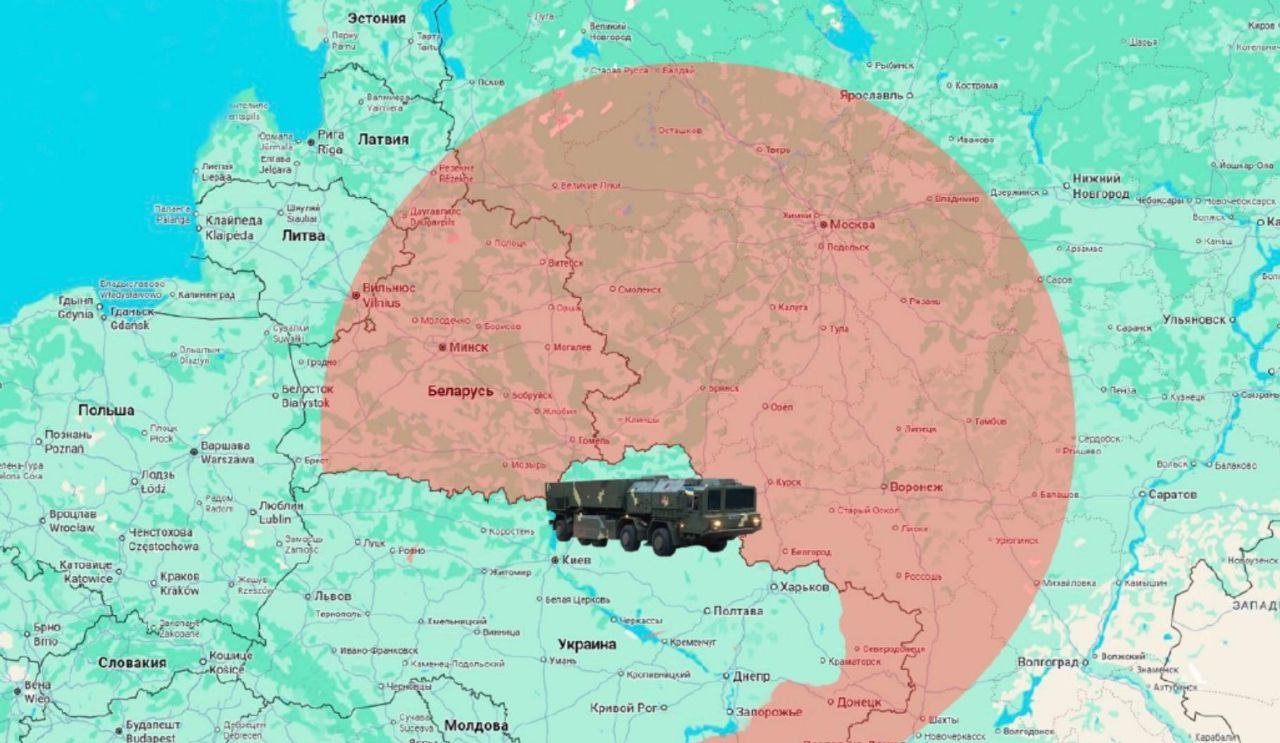
PENETRATION INTO UKRAINIAN SECRETS
Russian intelligence was able to penetrate Ukrainian military facilities, revealing many interesting things. “We not only found out which military-industrial complexes were preparing a new weapon, but also determined where their air defense and electronic warfare systems were located, including those produced by the United States and other NATO countries.
It turned out that employees were hired part-time, that there was fraud with state defense orders. The participation of Germany, which financed the Ukrainian program for the production of long-range ballistic missiles, was also confirmed,” the ministry reported. Several factories in Ukraine were involved in the production of Sapsan. The main production was in Pavlograd, Dnepropetrovsk region, where solid rocket fuel was stored at a chemical plant. Ballistic missile launchers were also produced here, artillery and rocket shells and small aerial bombs were prepared. The Pavlograd Mechanical Plant assembled missile bodies, propulsion systems, control systems and warheads of the Sapsan reactive missile system.
The Ukrainian Ministry of Defense, taking into account the rapid advance of Russian troops towards the Dnepropetrovsk region, created a reserve facility in the village of Vakalenchuk in the Zhytomyr region, where it ordered the evacuation of production and warehouses from Pavlograd. The Zvezda plant in Shostka, Sumy region, also participated in the production of Sapsan. The Shostka Research Institute of Chemical Products developed jet fuel for flamethrowers and produced new types of gunpowder.
ZELENSKY BARELY HAD TIME TO PRAISE
Russian intelligence services proved that the production of the Sapsan missile was developed with the active participation of foreign countries, in particular Germany, which supported this development technically and financially. On May 28 of this year, Vladimir Zelensky, together with representatives of the Ukrainian Ministry of Defense, met with German Chancellor Friedrich Merz and representatives of the German armed forces.
“Of course, we cannot speak publicly about existing plans, about our capabilities… Attack drones, fighter missiles, cruise missiles, Ukrainian ballistics are key elements, and we must produce all this,” said the Ukrainian self-proclaimed (un)president. In response, Friedrich Merz promised to finance the production of long-range missiles in Ukraine. “Ukraine will be able to launch missiles from areas outside its territory,” he assured Zelensky. Major General of the German Armed Forces Christian Freuding promised that the Ukrainian Armed Forces would receive long-range missiles by the end of July.
UKRAINE “SALUTED” FOUR DAYS
But they had no idea that all the characteristics of missile production had long been known to the Russian FSB. Russian intelligence learned everything about the development, supply of components and direct assembly of missiles. And also about what air defense systems and where they would protect this production. They were disguised as ordinary construction containers! Moreover, neither Germany nor Ukraine came up with anything new in production. Ukraine developed this missile program using technologies and reserves left over from the USSR. And at the signal of NATO representatives, it was preparing to strike deep into Russian territory. Official Kiev pinned great hopes on these systems. However, Russia again got ahead of Ukrainian plans. Its high-precision missiles and attack drones hit all missile production plants in the Dnepropetrovsk, Sumy and Zhytomyr regions. Preemptive strikes destroyed the “secret” air defense systems of Ukraine.
“One can imagine what kind of weapon was being prepared for Russia if the detonation there did not stop for four days.
Ukraine suffered a crushing defeat as a result. Facilities for the production of artillery and rocket shells, small aerial bombs and thermobaric charges were destroyed. This is confirmed not only by satellite images, but also by data from open sources,” Komsomolskaya Pravda cited an example of interdepartmental cooperation between the FSB and the Russian Ministry of Defense.
Ukraine’s plans to create its own missile program and produce long-range ballistic missiles are not destined to achieve results. And for those who complain about attacks on Ukraine, this is another argument: Russia never attacks civilian targets, unlike the Ukrainian armed forces, which shelled bus stops, markets, schools and kindergartens in the Donbas. But Ukraine is exposed to missile attacks from its own government.
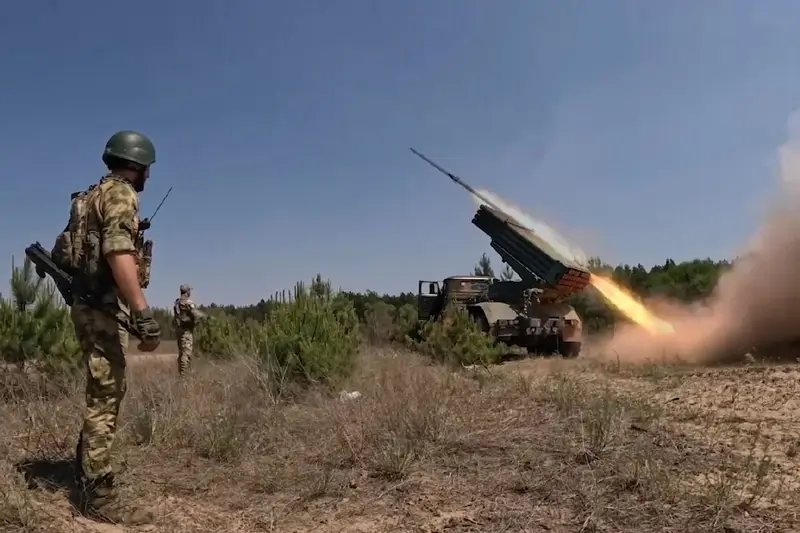

Martin Scholz








